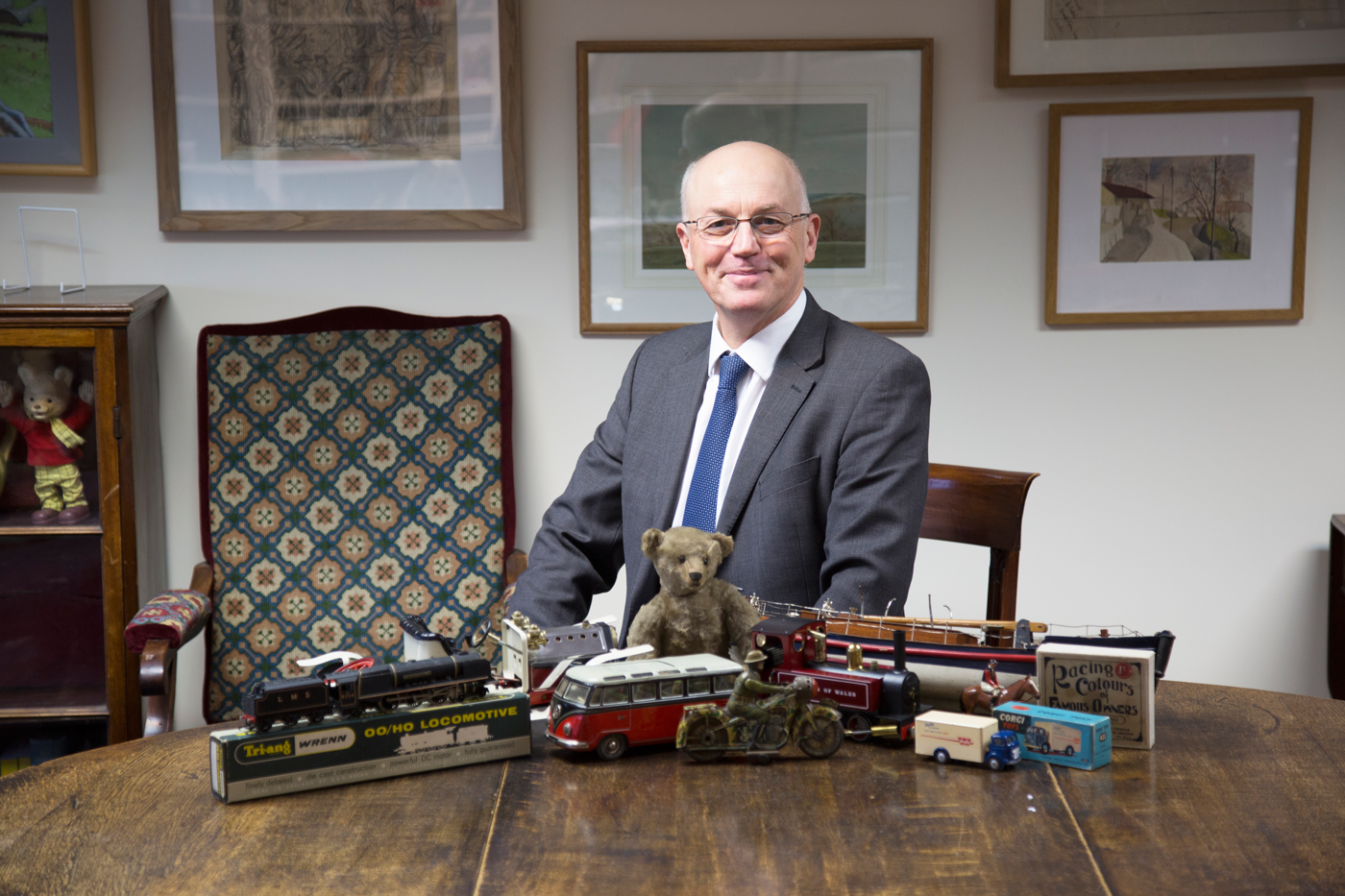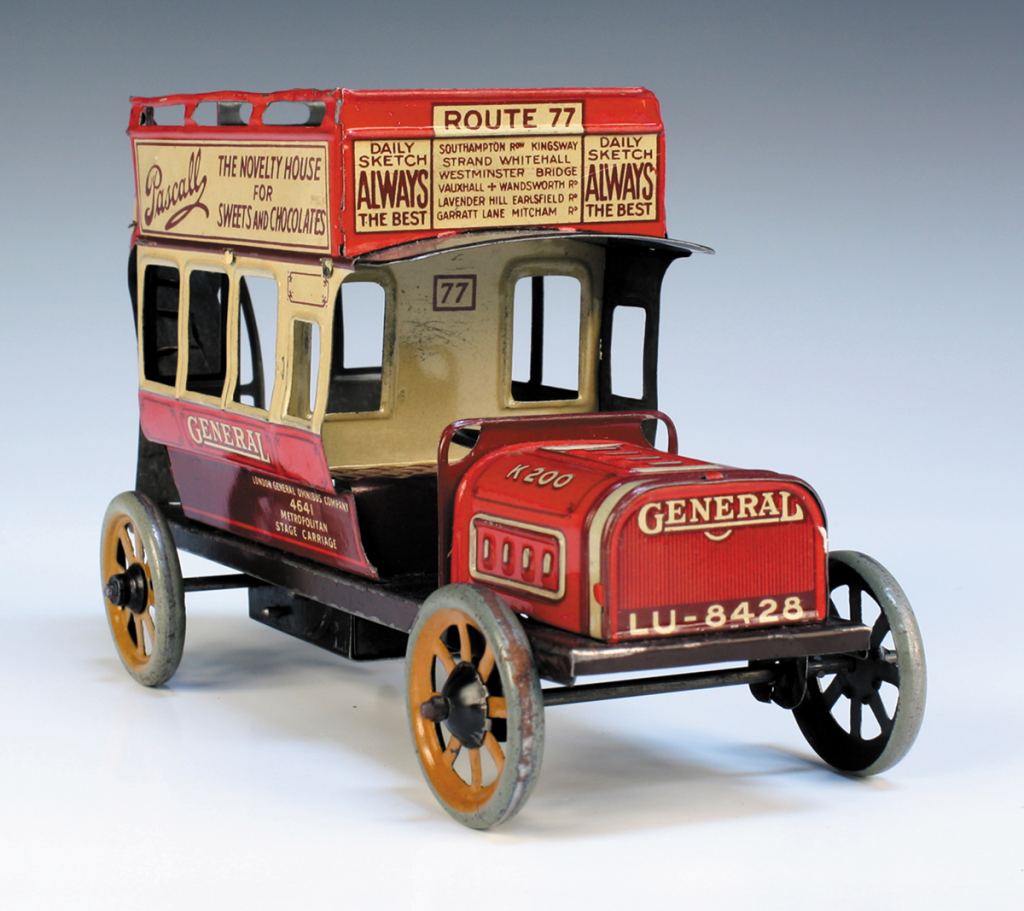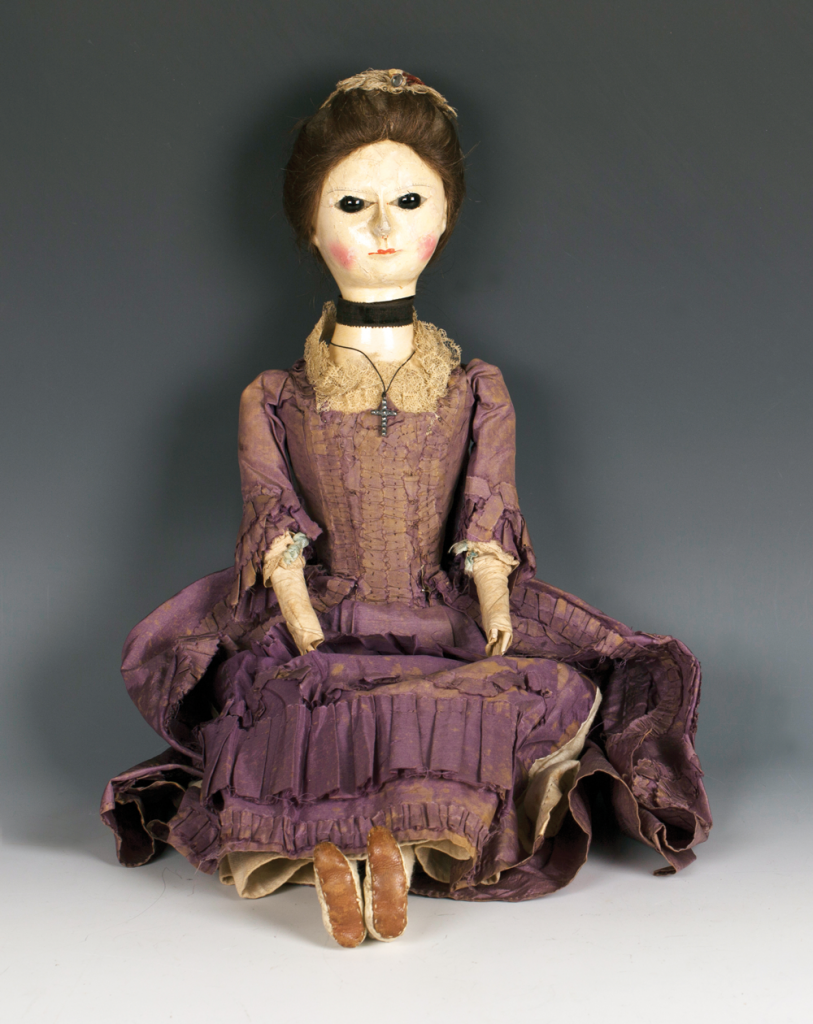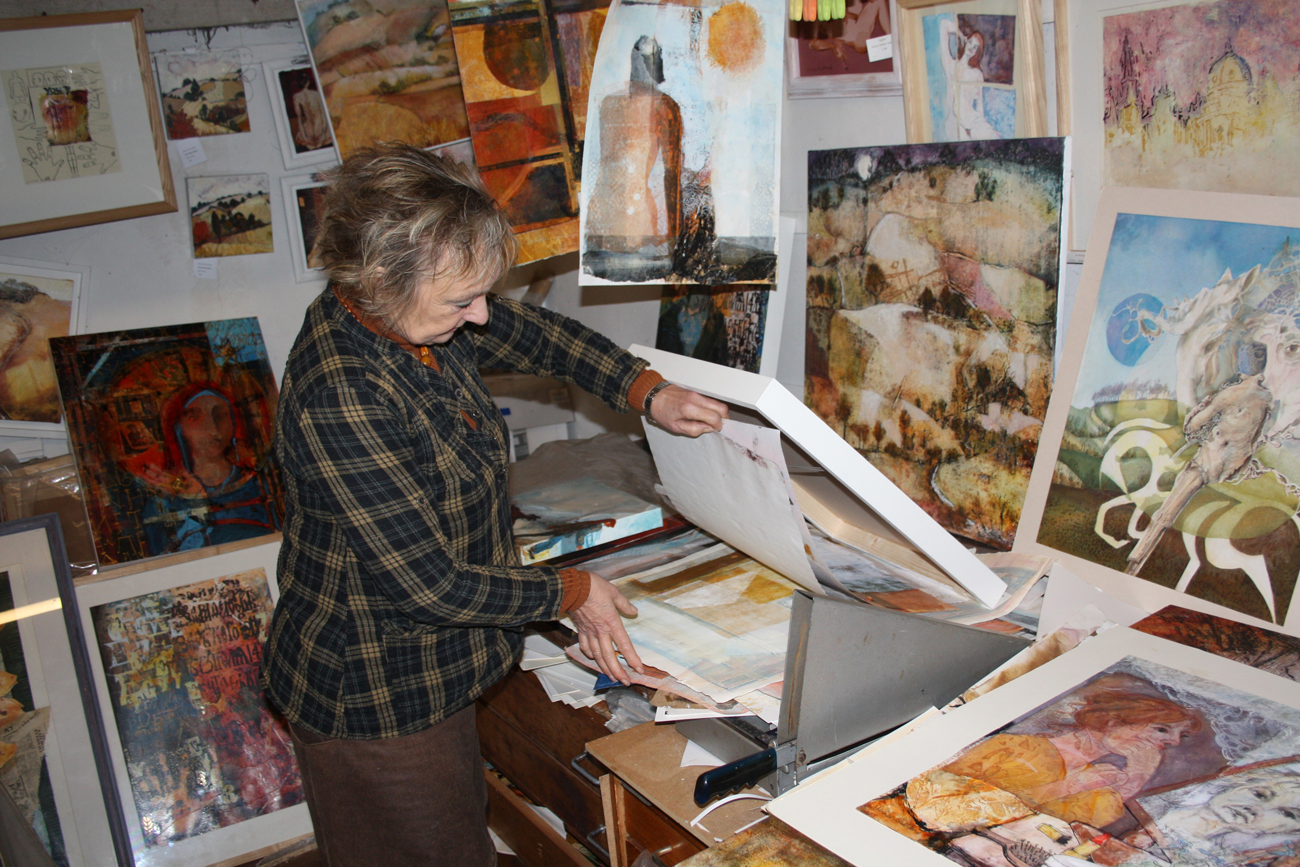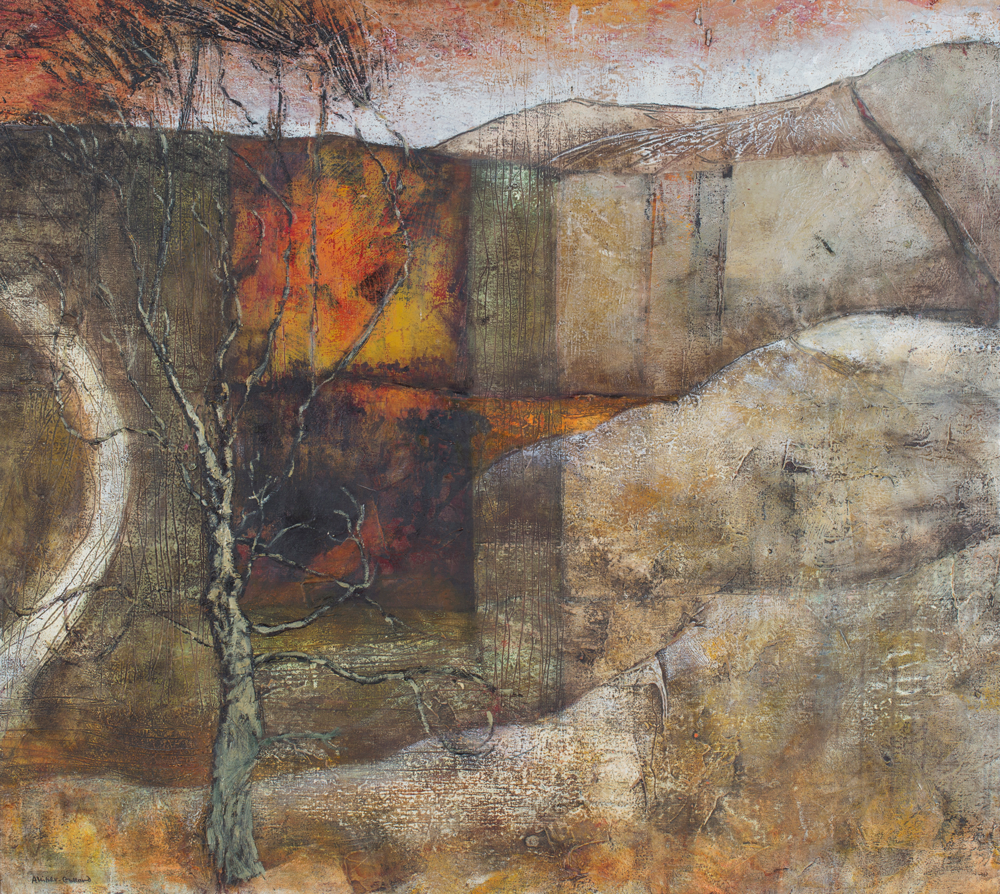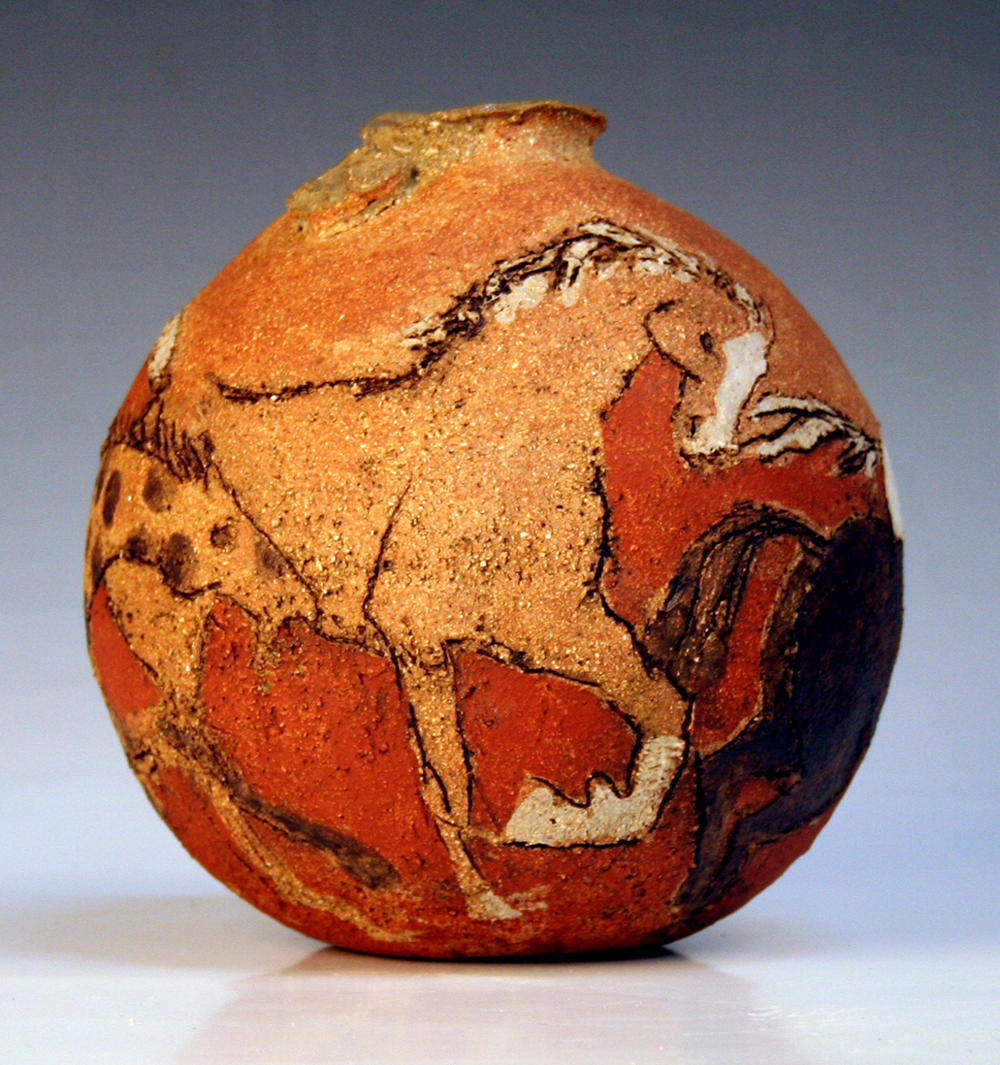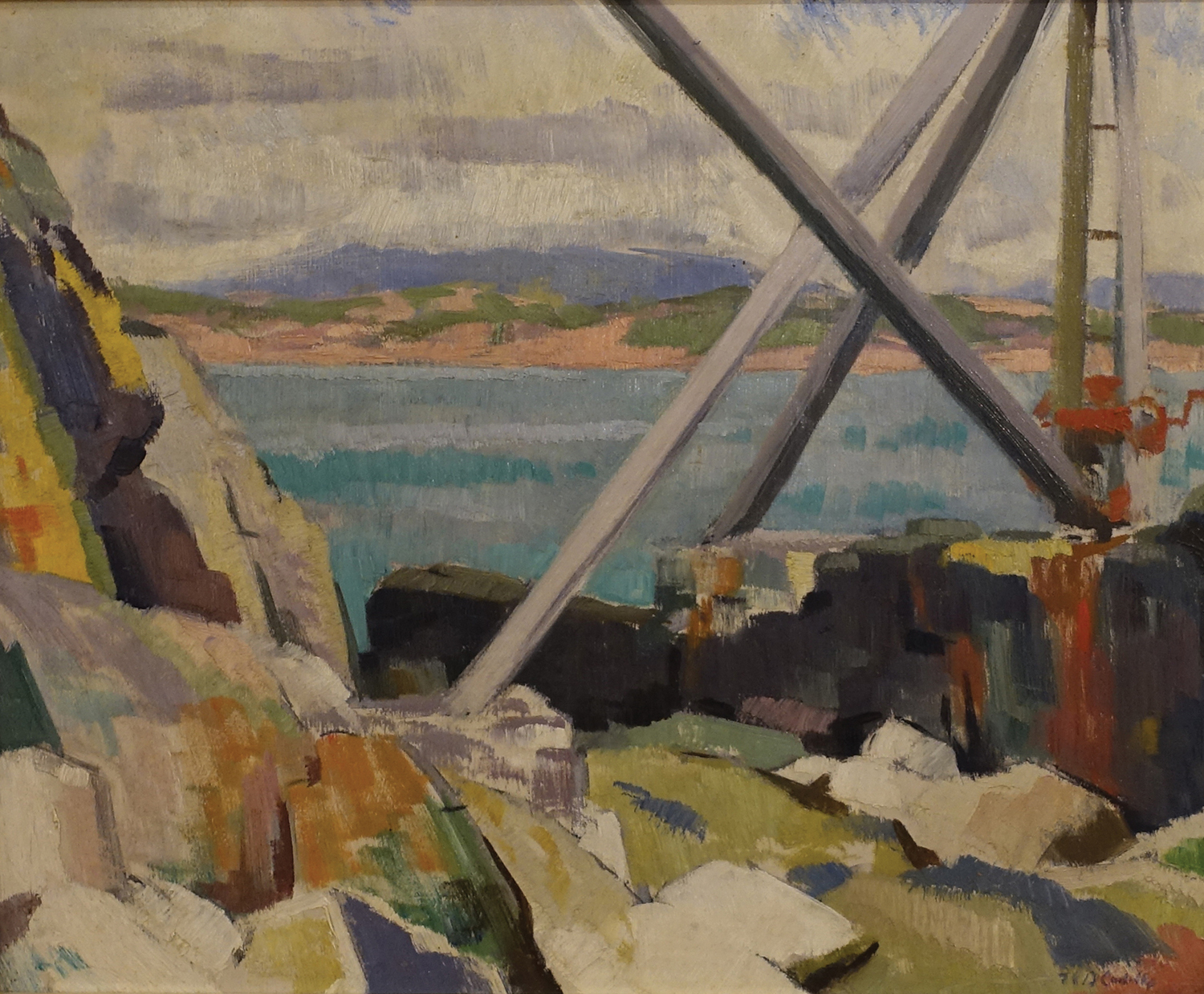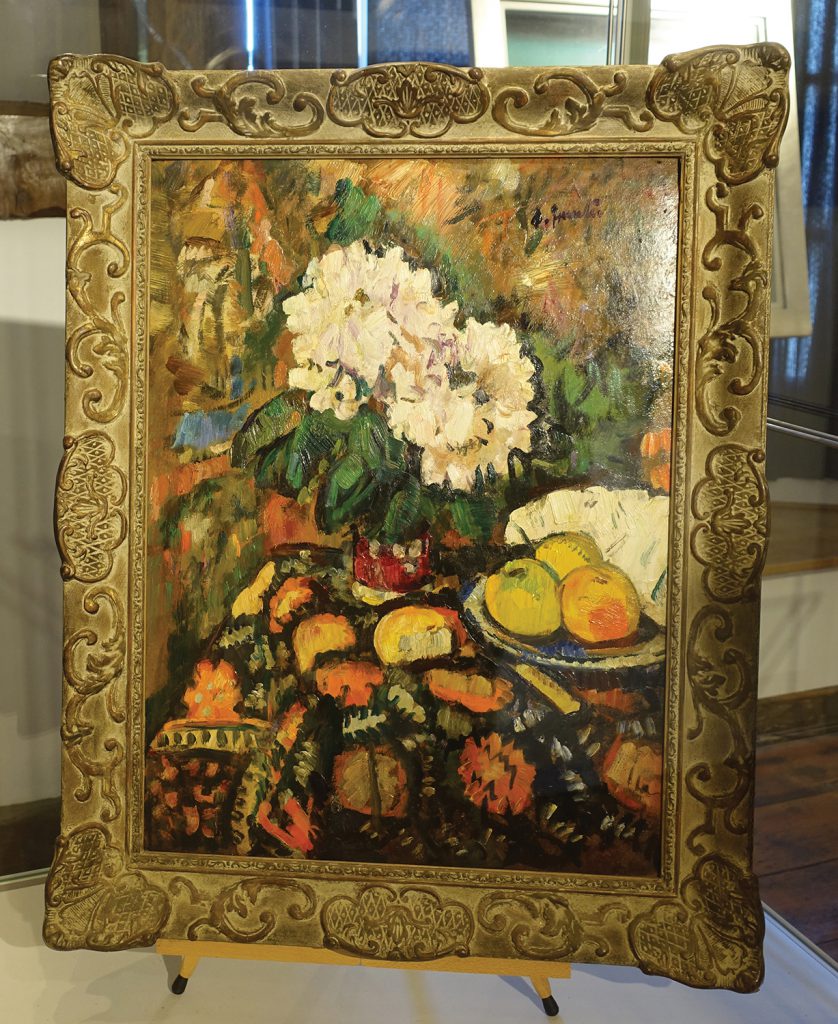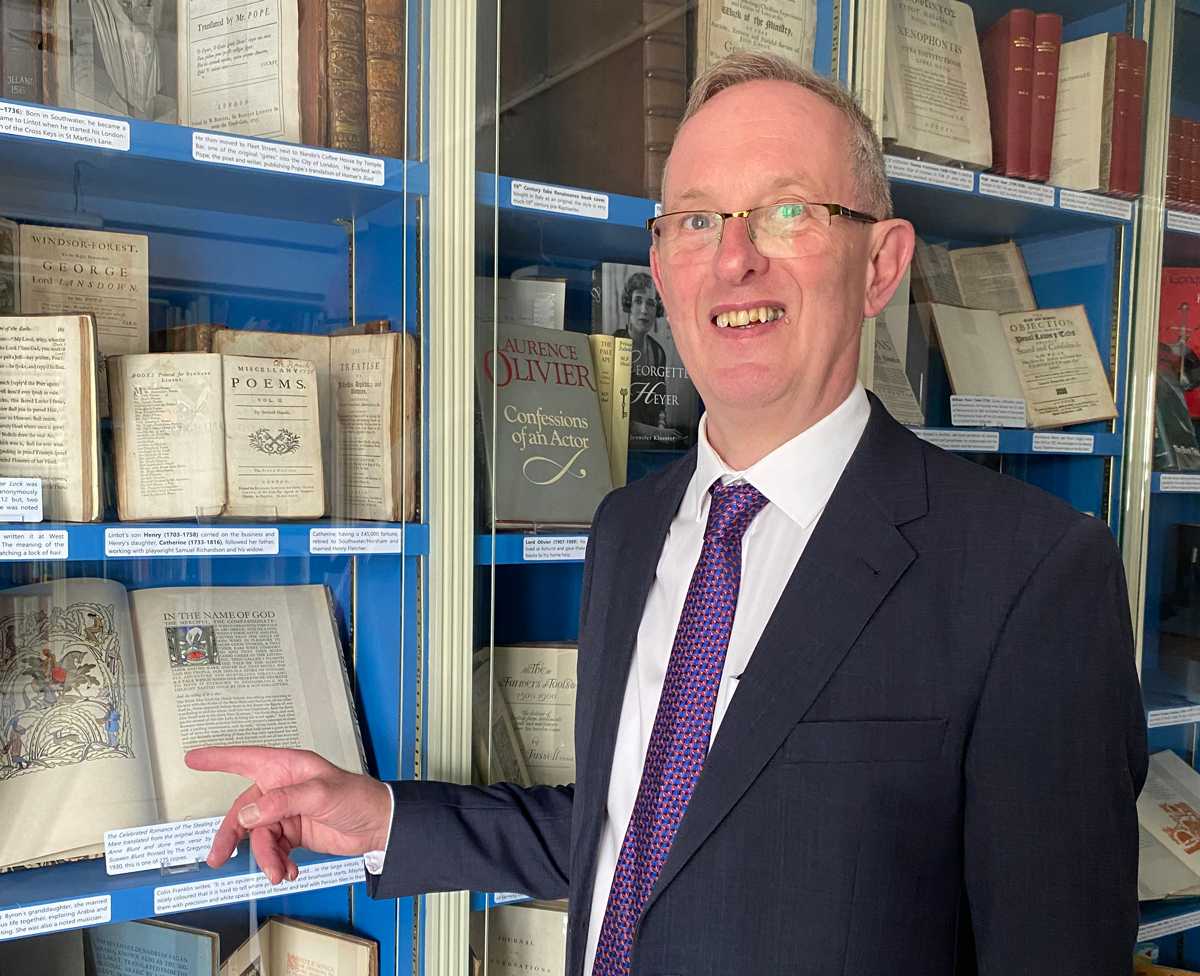
As the newly refurbished Horsham Museum & Art Gallery reopens Jeremy Knight, its Curator for some thirty-three years, is preparing to retire.
I ask Jeremy about his time at the museum, he replies “I arrived in 1988 and remember thinking what a fabulous building and collections and that feeling has deepened over time. Horsham and the District has such a rich history and cultural story which needs to be celebrated. The museum is the only organisation that brings those threads together and makes it accessible to the people who live here and visitors to the district.”
Building up the collection for future generations has required all of Jeremy’s deep knowledge and understanding of the history of Horsham and her district. Without him being here so much would have been lost.
Thanks to Jeremy Knight’s curatorship the Horsham Museum & Art Gallery’s reputation has grown beyond all measure. His vision and work has attracted the attention of curators and institutions ranging from Tate Britain, the V&A, the Royal Collections, the National Trust and the RA to name but a few. This reputation has brought extraordinary bequests, gifts and partnerships which most recently have included works by John Constable and the artist Vincent Lines.
Jeremy has always practiced servant leadership; what he does is always about the flourishing of others and not about self.
The new galleries tell the stories of Horsham, her industries, people and communities across centuries through wonderful objects. The new cabinets and displays bring the collections alive and it is as though you are discovering the objects for the very first time.
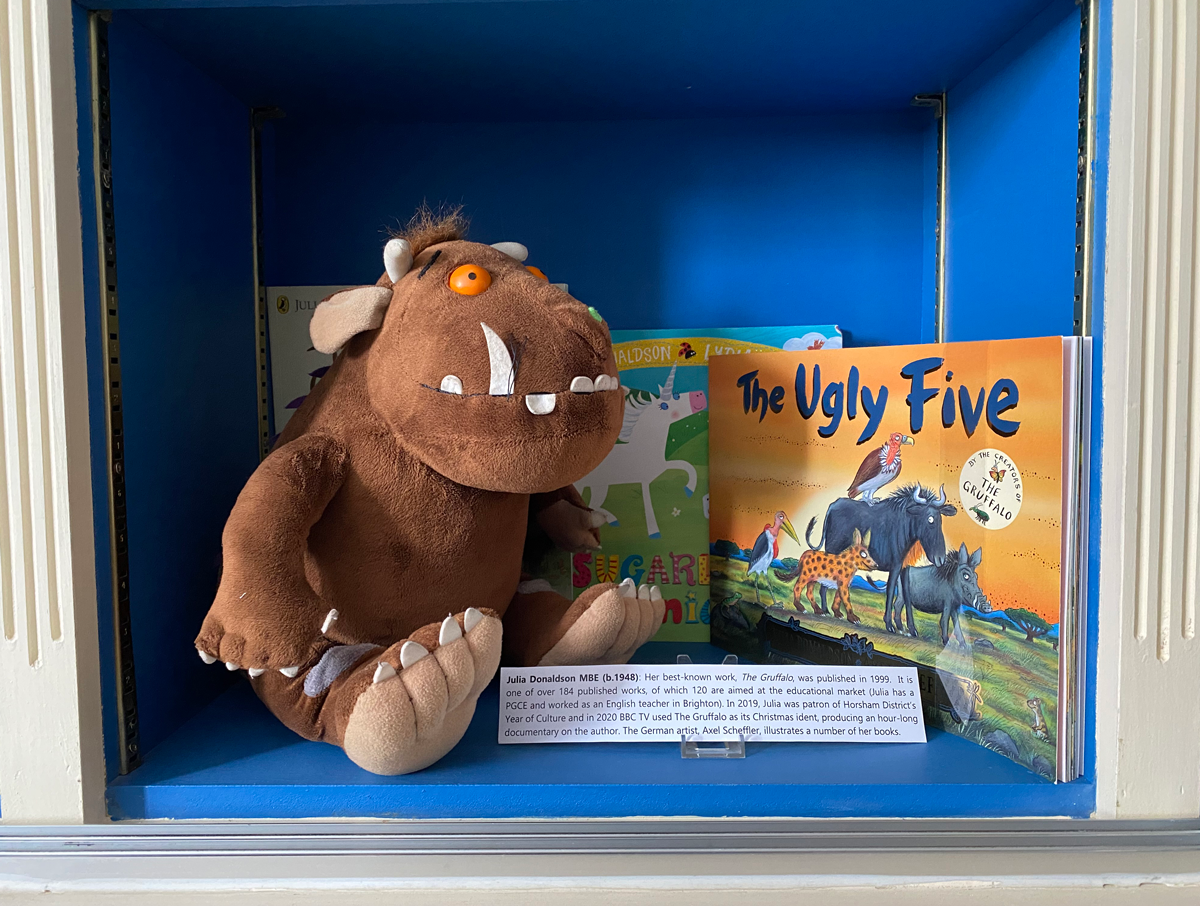
I notice a number of the displays are lower down. “They’re for the children.” Jeremy explains “It’s really important that all this is accessible to them and their families.” I agree, I have been coming to the Horsham Museum since I was a child.
Jeremy Knight has the qualities of a patron supporting artists, local historians and bibliophiles. Through his work at the museum he has created strong links with local people and enriched the heritage community.
He explains that he is looking forward to writing, and a PhD on The Book in the Museum. There is a fine new display of the important history of literature in the Horsham District.
I ask Jeremy about the reasons behind his leaving. He answers “The museum is a constant in people’s lives as the narratives and displays change reflecting the community. The refresh is a perfect moment, [the new layout] makes it possible to change the displays so that the museum can remain relevant to each generation in its turn. And it will allow those who take it forward to reflect their own and the public’s evolving interests.
All I have achieved and this exciting refurbishment has only been possible because of Horsham District Council’s support of the museum and me, and the help of the staff and volunteers.”
The refurbishment of the Horsham Museum & Art Gallery is a terrific footnote to Jeremy Knight’s long-term stewardship. You must see it.
This gifted and generous antiquarian has blessed us with his professionalism, knowledge and passion for the people and history of Horsham and her district. Jeremy Knight is deserving of our thanks.
